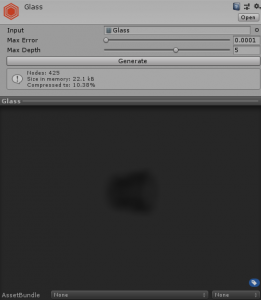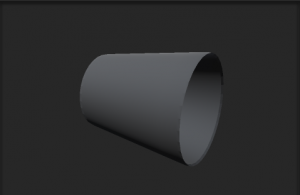16-09-2019, 05:37 AM
Hi Obi,
I just purchased Obi Fluid yesterday to make my game. But I experienced difficulty in implementing it, and currently I'm stuck in Distance Fields.
Referring to this thread, that has resolved my initial issues so far (the lag for using raw mesh collider), I am now able to create Distance Field for my fbx glass mesh.
However, when implementing it on sample scene FaucetAndBucket, it seems that the Distance Field doesn't work at all.
The water seems to just went through the mesh.
Pic:
[attachment=401]
Distance Field:

Mesh:

How do I resolve this?
I just purchased Obi Fluid yesterday to make my game. But I experienced difficulty in implementing it, and currently I'm stuck in Distance Fields.
Referring to this thread, that has resolved my initial issues so far (the lag for using raw mesh collider), I am now able to create Distance Field for my fbx glass mesh.
However, when implementing it on sample scene FaucetAndBucket, it seems that the Distance Field doesn't work at all.
The water seems to just went through the mesh.
Pic:
[attachment=401]
Distance Field:
Mesh:
How do I resolve this?




